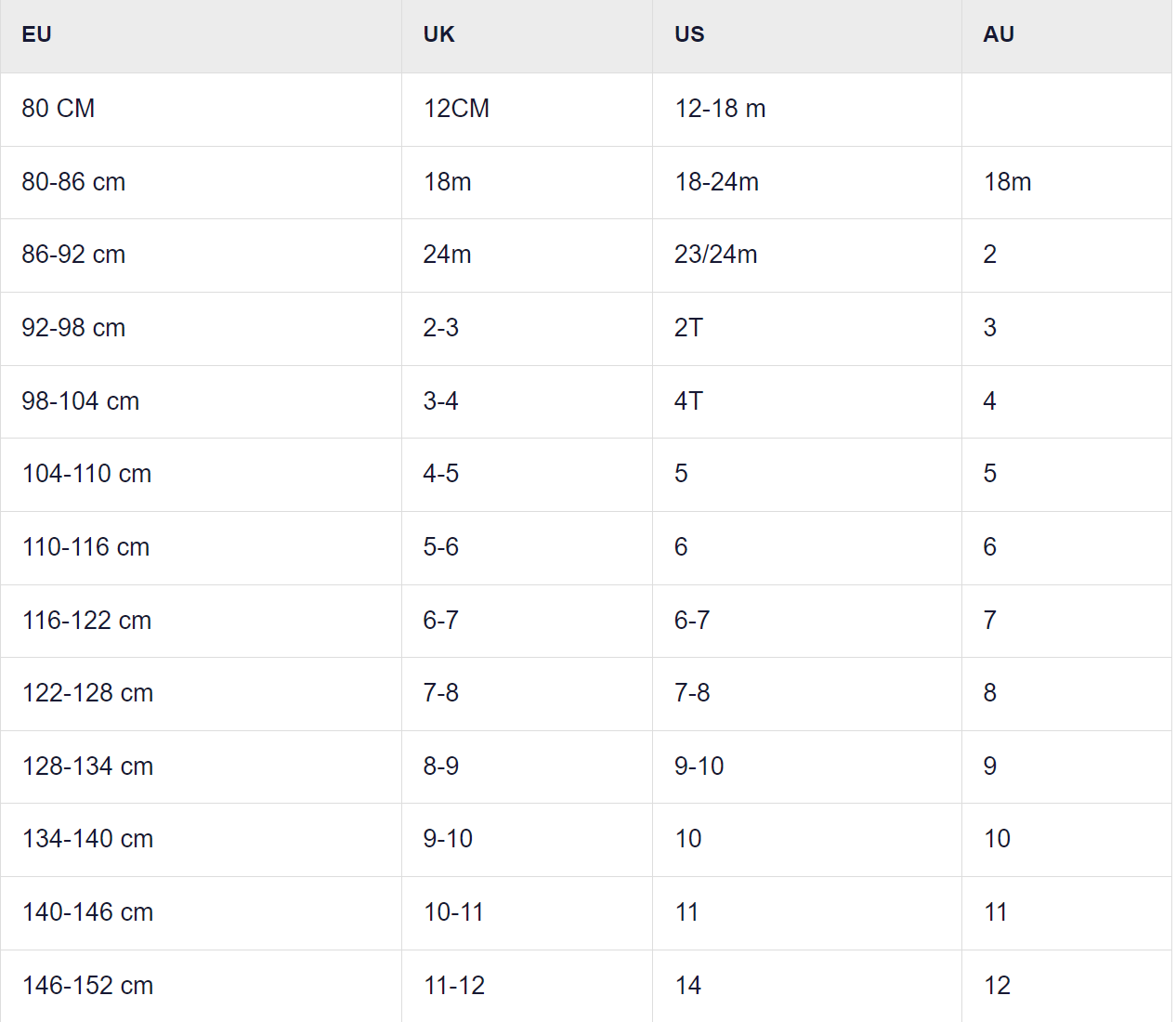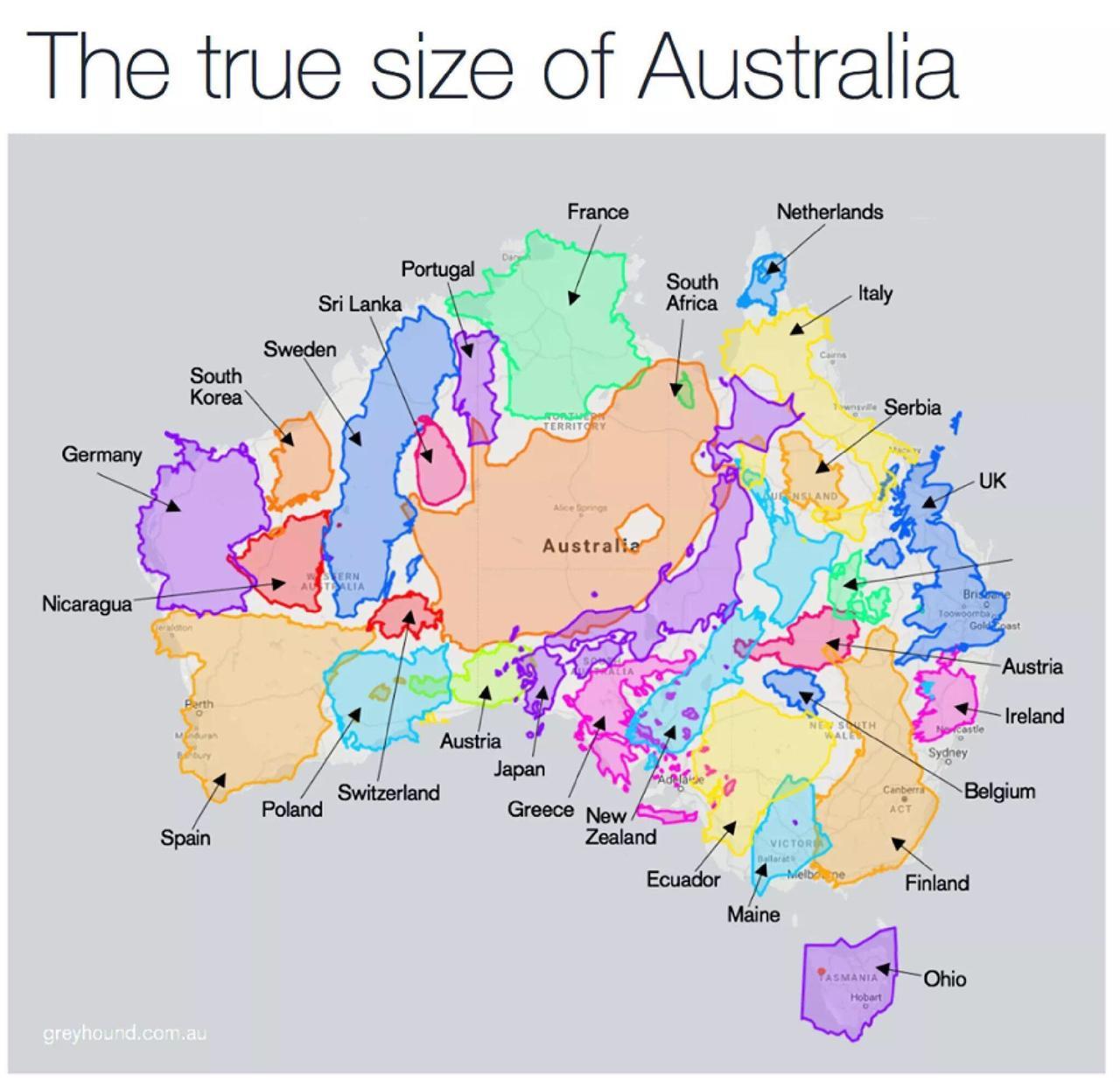Is Australia The Same Size As The US? Let's Dive In And Settle The Debate Once And For All
Have you ever wondered if Australia is the same size as the US? It's one of those questions that pop up during casual conversations, geography quizzes, or late-night debates with friends. Well, let's get into it and clear the air because this topic deserves more than just a quick Google search. Whether you're a geography enthusiast or just curious about the world, we're about to break it down for you in a way that's simple, fun, and packed with facts.
Picture this: you're scrolling through a map app or looking at a globe, and suddenly you start comparing continents. Australia looks pretty big, right? But then you think about the United States, and you're not sure whether they're the same size. Spoiler alert—they're not exactly the same size, but it's not as straightforward as you might think. Stick around, and we'll uncover the truth behind this geographical mystery.
This article is your go-to guide for understanding the size differences (and similarities) between Australia and the US. From land area to population density, we'll explore everything you need to know. So, whether you're brushing up on your geography knowledge or just trying to win a bet with your buddy, you're in the right place.
- Star Monsters The Ultimate Guide To Celestial Wonders And Space Oddities
- Adam Levine Still Married A Closer Look At His Relationship Journey And Everything Inbetween
Table of Contents
- Understanding the Size Comparison Between Australia and the US
- Geography Basics: Land Area and Boundaries
- Population Density: How Many People Live There?
- Climate Differences: Hot, Cold, or Just Right?
- Natural Features: Mountains, Deserts, and More
- Economic Strength: GDP and Trade
- Travel Tips: Exploring Both Countries
- Common Myths About Australia and the US
- Historical Context: How They Compare
- Final Thoughts: Is Australia the Same Size as the US?
Understanding the Size Comparison Between Australia and the US
Alright, let's cut to the chase. Is Australia the same size as the US? The short answer is no. But before we dive deeper, let's talk numbers. The United States has a land area of approximately 9.8 million square kilometers, while Australia clocks in at around 7.7 million square kilometers. That means the US is about 25% larger than Australia. Simple enough, right? Well, not so fast.
Why Size Matters
When comparing countries, size matters for several reasons. First, it affects how people live, work, and travel. Second, it impacts the economy, environment, and even culture. For example, a larger country like the US has more diverse landscapes, climates, and resources. Meanwhile, Australia's smaller size doesn't mean it's less impressive. In fact, it's packed with its own unique features that make it stand out.
- Guitar Hero Rock The 80s A Journey Through Time With Power Chords And Headbanging
- Killing E V E The Untold Story That Will Blow Your Mind
Think about it this way: the US has everything from towering mountains to sprawling deserts, while Australia boasts the Great Barrier Reef and the Outback. Both countries have their own charm, and size is just one piece of the puzzle.
Geography Basics: Land Area and Boundaries
Let's break down the geography of both countries. The US is made up of 50 states, including Alaska and Hawaii, which add to its overall size. Australia, on the other hand, is a single country-continent with six states and two territories. While the US has a more complex layout, Australia's simplicity doesn't make it any less fascinating.
Boundaries and Borders
The US shares land borders with Canada and Mexico, making it a key player in North America. Australia, however, is surrounded entirely by water, with the Indian Ocean to the west and the Pacific Ocean to the east. This isolation has shaped its history, culture, and even its wildlife. Fun fact: Australia is home to some of the most unique animals in the world, like kangaroos and koalas!
But here's where it gets interesting: even though the US is larger, Australia has a higher percentage of uninhabited land. The Outback, for example, covers a massive portion of the country and is mostly untouched by human activity. So, while the US might be bigger, Australia has its own wild side.
Population Density: How Many People Live There?
Size isn't just about land area; it's also about people. The US has a population of over 330 million, making it the third most populous country in the world. Australia, on the other hand, has around 26 million people. That's a pretty big difference, right? But what does it mean for the two countries?
Where Do People Live?
In the US, you'll find bustling cities like New York, Los Angeles, and Chicago. These urban centers are home to millions of people and drive the country's economy. Australia, on the other hand, has more concentrated populations in cities like Sydney, Melbourne, and Brisbane. The rest of the country is largely rural or uninhabited.
This difference in population density affects everything from infrastructure to lifestyle. In the US, you might find highways, skyscrapers, and shopping malls in every state. In Australia, you're more likely to encounter wide-open spaces and smaller towns. It's a trade-off that reflects the unique character of each country.
Climate Differences: Hot, Cold, or Just Right?
Climate plays a huge role in how people live and work in both countries. The US has a wide range of climates, from the freezing winters of Alaska to the scorching heat of Arizona. Australia, meanwhile, is known for its warm, sunny weather, especially along the eastern coast. But there's more to the story than just sunshine and snow.
Regional Variations
Let's break it down by region. In the US, you have:
- The Northeast, with its four distinct seasons
- The Midwest, known for its fertile farmland
- The South, with its humid summers
- The West Coast, where you'll find beaches and mountains
In Australia, the climate varies from tropical in the north to temperate in the south. You'll also find arid deserts in the interior and lush rainforests in Queensland. It's a diverse landscape that challenges the idea that Australia is just "hot all the time."
Natural Features: Mountains, Deserts, and More
Both countries are home to some of the most breathtaking natural wonders in the world. The US has the Grand Canyon, Yellowstone National Park, and the Rocky Mountains. Australia has the Great Barrier Reef, Uluru, and the Blue Mountains. Each country offers its own slice of paradise for nature lovers.
Unique Landscapes
Let's take a closer look at some of the standout features:
- The Grand Canyon (US): A massive gorge carved by the Colorado River, it's one of the most iconic landmarks in the world.
- Uluru (Australia): A massive sandstone rock formation in the heart of the Outback, it's sacred to the local Indigenous people.
- Yellowstone National Park (US): Home to geysers, hot springs, and wildlife, it's a must-visit for adventurers.
- The Great Barrier Reef (Australia): The world's largest coral reef system, it's a paradise for snorkelers and divers.
These natural wonders make both countries worth exploring, whether you're into hiking, diving, or just enjoying the view.
Economic Strength: GDP and Trade
Now let's talk money. The US has the largest economy in the world, with a GDP of over $23 trillion. Australia, while smaller, still boasts a strong economy with a GDP of around $1.5 trillion. Both countries are leaders in trade, technology, and innovation.
Key Industries
Here's a quick breakdown of the key industries in each country:
- US: Technology, finance, healthcare, and manufacturing
- Australia: Mining, agriculture, tourism, and education
While the US dominates in tech and finance, Australia excels in natural resources and services. This diversity helps both countries thrive in the global market.
Travel Tips: Exploring Both Countries
Planning a trip to the US or Australia? Here are some tips to make the most of your adventure:
US Travel Essentials
- Visit iconic landmarks like the Statue of Liberty, the Golden Gate Bridge, and Mount Rushmore
- Try local cuisines like Southern barbecue, New York pizza, and California sushi
- Don't miss the national parks and outdoor activities
Australia Travel Essentials
- Explore the beaches, reefs, and rainforests
- Meet the wildlife, from kangaroos to koalas
- Learn about Indigenous culture and history
Whether you're in the US or Australia, there's always something new to discover. Just remember to pack your sunscreen, camera, and sense of adventure!
Common Myths About Australia and the US
There are plenty of myths floating around about both countries. Let's bust a few of them:
Australia is Full of Deadly Animals
Not true! While Australia does have some dangerous creatures, like snakes and spiders, most of them are harmless. In fact, you're more likely to encounter friendly locals than a deadly predator.
The US is All About Fast Food
Sure, the US has its share of burgers and fries, but it's also a hub for gourmet dining, farm-to-table restaurants, and international cuisines. There's a lot more to American food than just McDonald's!
Historical Context: How They Compare
Both countries have rich histories that shape their identities today. The US was founded in 1776, while Australia became a nation in 1901. Despite their differences in age, both countries have faced challenges and triumphs that define them.
Key Historical Events
- The American Revolution (US)
- The Gold Rush (Australia)
- World War II involvement (both countries)
These events have left lasting legacies that continue to influence politics, culture, and society.
Final Thoughts: Is Australia the Same Size as the US?
So, is Australia the same size as the US? The answer is clear: no, but that doesn't mean one is better than the other. Both countries have their own unique qualities that make them special. From their geography and climate to their economies and cultures, there's so much to explore and appreciate.
Now it's your turn! Have you visited either country? What did you love most about it? Leave a comment below and share your thoughts. And don't forget to check out our other articles for more insights into the world around us. Happy reading, and keep exploring!



Detail Author:
- Name : Richard Padberg
- Username : hkautzer
- Email : howe.morgan@hotmail.com
- Birthdate : 1983-04-19
- Address : 844 Emelie Field Suite 879 Lavinaview, FL 50842-4771
- Phone : 830.425.5616
- Company : Treutel Ltd
- Job : Electrical Power-Line Installer
- Bio : Dolores corporis odio voluptatum numquam vero. Labore excepturi rem est vel ut. Iste animi iusto ut ipsam ut. Numquam sed quo deleniti ducimus qui omnis ut.
Socials
linkedin:
- url : https://linkedin.com/in/clint_official
- username : clint_official
- bio : Sit ipsa nostrum ut ducimus.
- followers : 6019
- following : 1535
twitter:
- url : https://twitter.com/volkman2016
- username : volkman2016
- bio : Facere nihil omnis omnis qui ea a quia quae. Unde harum nulla repellat consequuntur. Architecto quo beatae eum vel.
- followers : 3474
- following : 1512